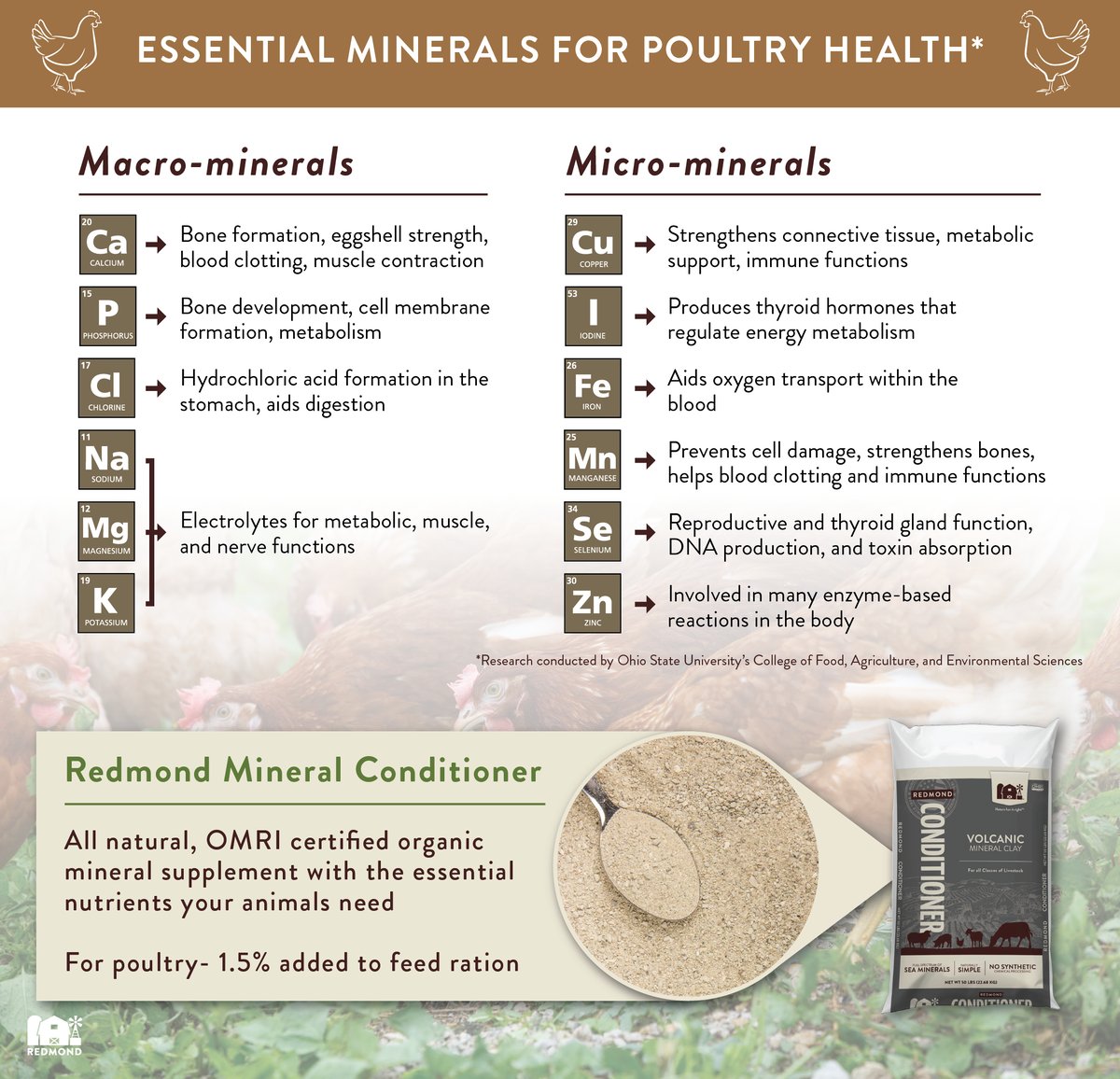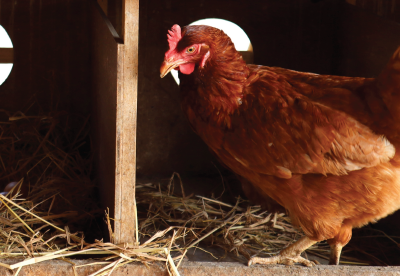Where Did the Bird Flu Outbreak Come From?
In January 2022, the USDA announced that they had found cases of bird flu (H5N1 influenza virus) infections in wild birds. A month later, in February, multiple states found cases in commercial and backyard poultry flocks. In 2024, cases have been found spreading to wild mammals and domestic livestock like cows.
From “The Wild” to “The Farm”
Wild birds rarely experience symptoms or die while carrying avian flu because their more robust immune systems are naturally exposed to more biodiversity than domestic birds. However, avian flu easily spreads when they come in close contact with domestic animals that have more restricted living quarters. Wild and migrating birds are opportunists that sometimes take advantage of domestic food, and water sources. They also sometimes enjoy resting and interacting with domestic farms along their travels.
How does Bird Flu Spread?
According to the Center for Disease Control (CDC) avian flu spreads by:
- Direct contact with infected animals
- Contaminated surfaces (any materials in close contact with infected animals or their waste)
- In the air: droplets, dust, feathers, and fur shed from behaviors like flapping wings, shaking heads, and scratching
Has H5N1 Bird Flu Transmitted to Humans?
The risk of human transmission remains low. The CDC says that there has been few US human transmission cases. These cases occurred because of long term, repeated, and unprotected exposure to infected animals and were transmitted like other respiratory viruses (eyes, nose, mouth, and lungs). Wearing personal protective equipment (PPE) while mucking out stalls, cleaning up animal waste, or handling infected animals.
Does the Avian Flu spread by eating meat, eggs, or milk?
The United States Department of Agriculture (USDA) has assured producers and consumers that properly cooked poultry meat, eggs, and pasteurized milk do not spread avian influenza. There have been a few cases of raw or unpasteurized milk testing positive for containing H5N1. If you drink raw milk, be sure to check with your local milk producer to ensure the safety of your purchases.
- Learn more about avian flu and food safety.
How Can I Protect My Livestock from the Avian Flu?
Here are some tips on how to improve biosecurity for your farm or homestead:
Keep wild birds away from your ANIMALS
- Do your best to prevent wild and migrating animals from using your animal’s food and water sources (especially water birds)
- Install netting and relocate free range livestock to a more secure location while you work on crowd control for wild “visitors”
Don’t Share Equipment
- It may be neighborly to lend and share under normal circumstances, but not during a bird flu outbreak
- Avoid sharing with or accepting building materials, tools (rakes, shovels, etc.) from others
Quarantine New & Returning ANIMALS
- If you are adding animals to your farm or homestead, you should keep new animals separated from the rest of your herds and flocks for 30 days.
- Some states cancel shows and fairs during outbreaks like this, but just in case, quarantine any animals returning from shows for 30 days.
- Expect possible temporary checkpoints when transporting livestock across state lines.
Sanitize Your Equipment
- Sanitize clothes, boots, tools, and equipment before and after coming in close contact with your animals.
- Don’t introduce your animals to materials/tools used in the exposed “wild” areas of your property without disinfecting them first.
What Are the Symptoms of Bird Flu?
According to the USDA, here are some avian flu symptoms to watch out for:
Chicken/Poultry Symptoms:
- Sudden death without any prior symptoms of illness
- Lack of energy and appetite
- A drop in egg production or soft-shelled, misshapen eggs
- Swelling of the eyelids, comb, wattles, and shanks
- Purple discoloration of the wattles, comb, and legs
- Gasping for air (difficulty breathing)
- Nasal discharge, coughing, sneezing
- Twisting of the head and neck (torticollis)
- Stumbling or falling down
- Diarrhea
Cow/Ruminant Symptoms
- Low appetite
- Reduced milk production
- Abnormal milk appearance (thick and discolored)
- Note: Avian influenza is currently at a low rate of spread in cattle, and has not yet resulted in high morbidity or mortality rates
Unfortunately there is no current treatment to cure animals of avian flu. To protect other farms around you, contact your local vet or ag extension if you see these symptoms on your land in either wild or domestic animals.
Support Flock Immune Health with Redmond
Providing your birds with an expansive mineral profile can improve immune health for your whole flock. Since 1958, Redmond Minerals has supported healthy farming operations of all sizes, with our rich mineral and volcanic deposit in central Utah. Our sea minerals and volcanic conditioner supplements are an easy way to ensure your animals are getting access to trace minerals (like copper, manganese, and more) that support health immune function.

Give Redmond Minerals a call today at  to see how we can help you get back to what you love about raising animals!
to see how we can help you get back to what you love about raising animals!
© 2024 Redmond Minerals Inc.

